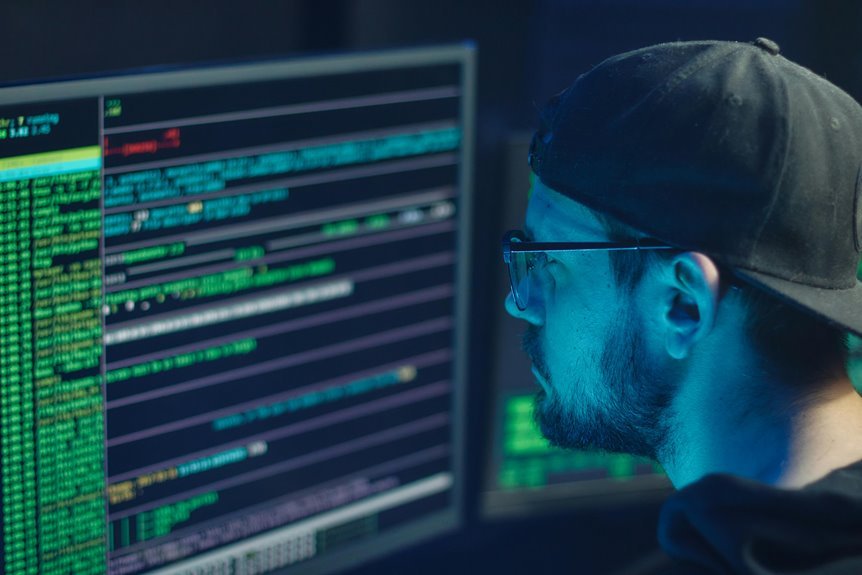Top Cybersecurity Threats Every Business Should Watch in 2025
As businesses navigate the evolving landscape of cybersecurity in 2025, they face a myriad of complex threats. Ransomware tactics are advancing, targeting critical sectors with increased sophistication. Phishing attacks exploit human vulnerabilities, while remote work has exposed significant security gaps. The proliferation of IoT devices further complicates defenses, and insider threats persist as a critical concern. Understanding these dynamics is essential for developing effective security strategies. What measures can organizations implement to safeguard their operations?
Ransomware Evolution: New Tactics and Targets
In 2025, the landscape of ransomware has undergone significant transformation, with attackers adopting increasingly sophisticated tactics and targeting a broader range of sectors.
Ransomware innovations now include advanced encryption methods and multi-layered extortion strategies, affecting critical infrastructure, healthcare, and finance industries.
This evolution necessitates heightened vigilance from organizations, emphasizing the importance of robust cybersecurity measures to counteract these emerging threats effectively.
The Rise of Phishing Attacks: Social Engineering in 2025
As organizations increasingly rely on digital communication, the sophistication of phishing attacks has surged, making them a predominant threat in 2025.
Emerging phishing trends leverage social manipulation to execute targeted attacks, often through deceptive email scams. Such tactics aim to facilitate identity theft and exploit vulnerabilities.
To combat these threats, awareness training becomes essential, empowering employees to recognize and respond effectively to potential risks.
Vulnerabilities in Remote Work: Securing the Home Office
A significant percentage of the workforce has transitioned to remote work, exposing numerous vulnerabilities that threaten organizational security.
Remote access tools, while convenient, often lack robust security measures, allowing unauthorized users to infiltrate sensitive data.
Additionally, unsecured home networks can serve as entry points for cybercriminals, emphasizing the need for businesses to implement strict protocols and provide employees with guidelines on securing their home office environments.
IoT Device Exploitation: The Expanding Attack Surface
With the rapid proliferation of Internet of Things (IoT) devices across various sectors, businesses face an increasingly complex landscape of cybersecurity threats.
IoT security remains a critical concern, as inadequate device authentication can lead to unauthorized access and exploitation.
This expanding attack surface necessitates robust security protocols and continuous monitoring to safeguard sensitive data and maintain operational integrity against evolving threats.
Insider Threats: Protecting Against Internal Risks
Although often overlooked, insider threats represent a significant risk to organizational cybersecurity, stemming from employees or contractors who may exploit their access to sensitive information.
Effective employee monitoring and robust access controls are essential strategies to mitigate these internal risks.
Conclusion
In 2025, the cybersecurity landscape remains fraught with challenges, underscored by a staggering 65% increase in reported ransomware incidents compared to the previous year. As businesses navigate these evolving threats, a comprehensive approach that encompasses advanced encryption, employee training, and robust security protocols becomes paramount. By recognizing and addressing vulnerabilities in remote work environments, IoT devices, and potential insider threats, organizations can fortify their defenses and mitigate the risks posed by the ever-changing cyber threat landscape.







